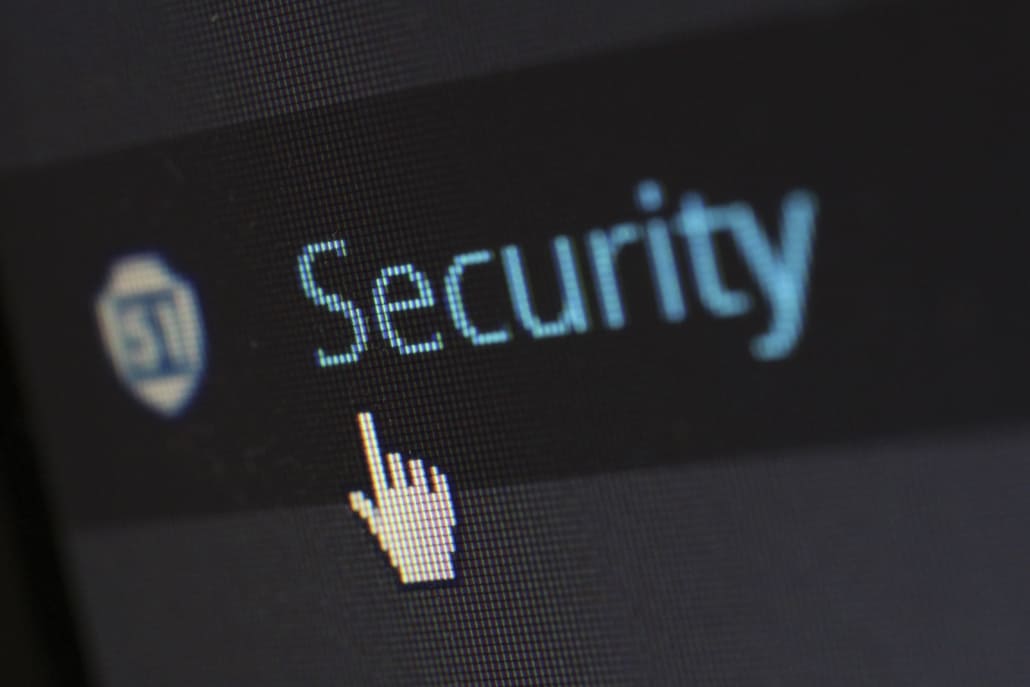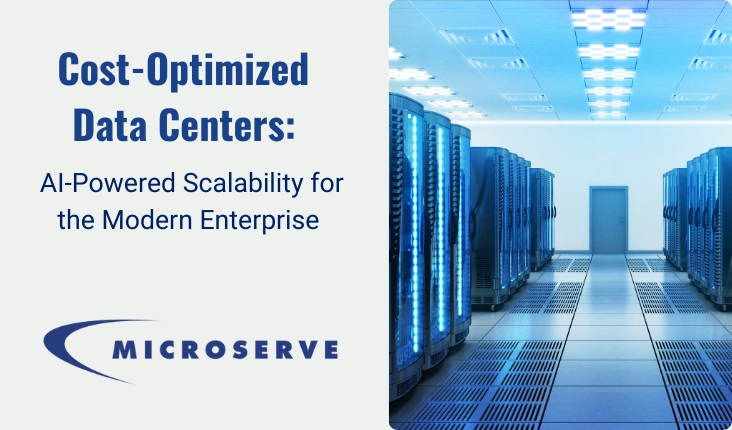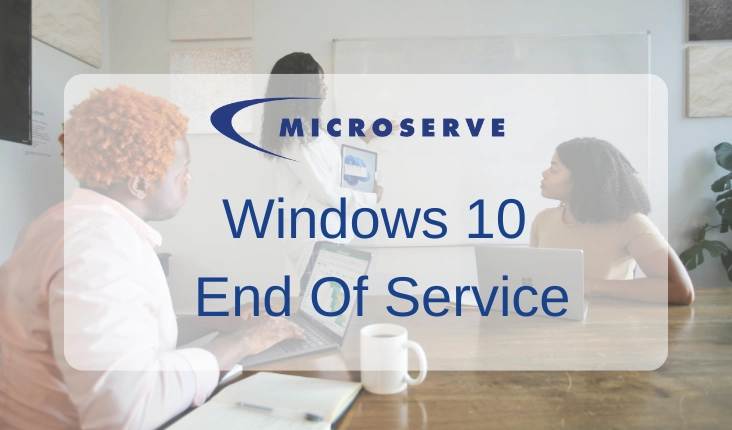Malware is malicious software that cyber criminals install on devices to exploit the victim’s personal or business network, device, and data. Many types of malware impact every kind of computer or mobile device. Some users think they don’t have to worry about malware because they use a Mac or only install apps from official app stores. However, as you’ll learn, many kinds of malware threats are becoming stealthier and harder to detect.
Different types of malware go beyond common computer viruses and malicious activity (Common Types).
- Viruses are malicious programs that spread from infected device to device, usually by an attachment or file. Once on your computer, your device gets infected, and the virus may control some of your computer’s functionality.
- Worms are malicious programs that don’t need user interaction to activate themselves. This fileless malware is not attached to files. A security weakness often opens up the network or device to vulnerability for a worm to enter.
- Trojan Horses are applications that pose as legitimate software but actually contain malware. This is often the gateway for cyber-attacks. Once malware is on your device, it can tamper with your security systems to invite more malware.
- Cybercriminals install Spyware to track your browsing habits, keystrokes, and other actions. It isn’t easy to detect, so it can sit and collect data from your device for a long time.
- Adware is software that creates pop-up advertisements on your device. In some cases, it can also change your browser preferences. The adware will collect your browsing data to serve you more “targeted” ads but ends up flooding you with pop-up ads.
- Ransomware attack is a malicious software that encrypts its victim’s data. It locks them out of their system, data, and files. Cybercriminals then ask for money in exchange for the release of data.
What is known as “Advanced Persistent Threats” are designed to stay active in a system for long periods of time so the bad actor can either gather data or use the computer for crypto mining, sending malicious emails or botnet activities? Most unsuspecting users will never know they are infected because the malware phishing attack is designed to cover its tracks until it’s triggered.
Cybercriminals use malware for identity fraud, mining cryptocurrency, stealing credit card information, and more. The bottom line is that cybercriminals use malware for financial gain. If you don’t take proper steps to protect yourself against malware, you are vulnerable to ransomware attacks.
Understanding malware is the first step in protecting yourself against this cyber-attack.

How Do I Know if I Have Malware?
In the current threat landscape, no personal computer should be used without endpoint protection. There are a few signs of malware that you can look out for to determine whether your computer has malware or not. Your computer will likely be acting “strange.” It could be slow computer performance or the browser redirects that give it away. You also might experience random pop-up ads, difficulties powering on your computer, or a lack of storage.
At the end of the day, it’s best to get antivirus software and malware protection that detects and eradicates malware on your device.
How Do You Get Malware?
Cybercriminals look at any holes in your security and rely on you, falling for one of their tricks. Generally, cybercriminals target you from two sources – the internet and email. According to the Government of Canada’s Get Cyber Safe program, 94% of malware is received by email. However, there are many places that malware can hide. This includes downloaded movies, hacked websites that appear legitimate, email attachments and links, unofficial software, infected USB drives, and more.
Once you click on a compromised link or attachment, the virus gets triggered and activated. Most viruses copy themselves and spread through your files. They try to infect as much of the computer as possible.
How Do You Protect Yourself Against Many Forms Of Malware?
In the current threat landscape, no personal computer or internet activity should be used without endpoint protection. Get Cyber Safe reports that every 2 in 5 Canadians experience malware variants on their computers. However, the best way to deal with malware is never to get infected. Once it’s in a system, it’s virtually impossible to say for 100% it has been eradicated. If you’re not using endpoint protection software, stop reading now and turn it on.
Get endpoint protection for your device and follow these tips to protect yourself against malware.
- Avoid clicking links that strangers sent.
- Steer clear of any links that look spammy or corrupt
- Do not open any email attachment you are unfamiliar with or weren’t expecting
- Download only from official app stores to avoid getting malware from compromised software
- Perform regular scans of your device for malware
- Invest in an anti-malware software
If devices in your organization get affected by malware, it can be detrimental to your security and workplace efficiency. The experienced team at Microserve can transform your organization into a malware-free environment. Contact the security experts at Microserve to schedule your security consultation today.




